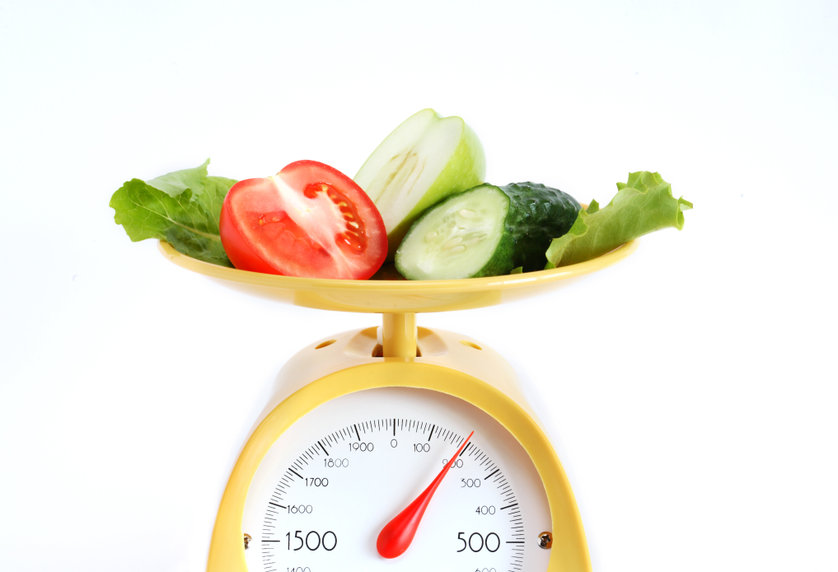
Consuming too many calories isn’t just bad for your health—it’s also hard on your wallet. It’s estimated that overeating can cost you up to $7.72 more per meal than eating a healthy portion. Being overweight increases everything from your fuel costs to your grocery bills to your annual medical expenses. But luckily you can trim your bills and weight just by watching what you eat. Here are four ways food portioning can save you money in the long and short run.
Join Robinhood – Learn to invest. Win $20,000 towards tuition
4 Ways Food Portioning Can Save You Money
Reduce Your Grocery Bill
One of the main ways food portioning can save you money is by reducing your grocery bill. When you control your portion sizes and eat less, you won’t have to spend as much at the grocery store. Instead of polishing off a whole box of pasta at dinnertime, you’ll be able to stretch your food and money further by splitting it up into multiple portions and enjoying the leftovers the next day.
According to a recent survey, 25% of people rationed their food at the height of the pandemic to avoid going to the grocery store and help flatten the curve. This enabled them to reduce their grocery bill by as much as 35% and keep off the “quarantine 15” that many of us gained due to stress eating. So if you purposefully reduce your food intake, you’ll be able to save money and drop that extra weight you may have put on during lockdown.
Cut Down on Food Waste
Food portioning can also help you cut down on food waste. If you eat whatever you want, your food intake may vary depending on your hunger levels. This can make it difficult to purchase the right amount of food every week.
But if you regulate your portion sizes, you’ll know exactly how much of each ingredient to buy at the grocery store. Vegetables and other highly perishable ingredients won’t spoil in your fridge before you can use them up anymore, which will save you hundreds or even thousands per year. The average American family tosses out $1,500 in food per year, so the savings from reducing your food waste can really add up.
Because you’ll have a handle on how much you eat every day, you’ll also have an easier time putting together a shopping list and talking yourself out of impulse buys like unhealthy snacks you don’t really need.
Save Money at Restaurants
Another perk of food portioning is that it saves you money when eating out. Instead of ordering a large entree, you’ll likely feel satisfied eating a smaller, less expensive appetizer or salad. And if you do order a big dinner, you’ll be able to get a few meals out of it and lower your cost per serving, making dining out easier on your wallet.
Lower Healthcare Costs
Food portioning can save you money by helping you slim down and maintain a healthy weight. If you’re thin and fit, you may be less likely to develop costly, ongoing medical conditions like diabetes and heart disease. Taking care of yourself and watching your food intake could save you thousands in medical bills and enable you to lead a happier, healthier life.
Overeating can be hard on your wallet and your health. Although it’s hard to cut down on snacking when you’re working from home or feeling stressed, being disciplined and watching what you eat will pay off in the long run.
Read More
How to Make Money from Inflatable Houses
Here’s How to Retire Well on $50K a Year
If you enjoy reading our blog posts and would like to try your hand at blogging, we have good news for you; you can do exactly that on Saving Advice. Just click here to get started.
Check out these helpful tools to help you save more. For investing advice, visit The Motley Fool.
Vicky Monroe is a freelance personal finance and lifestyle writer. When she’s not busy writing about her favorite money saving hacks or tinkering with her budget spreadsheets, she likes to travel, garden, and cook healthy vegetarian meals.






Comments